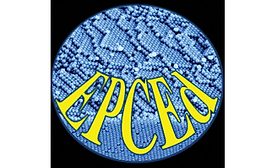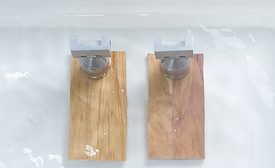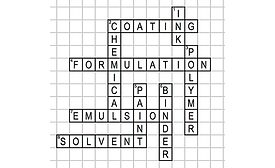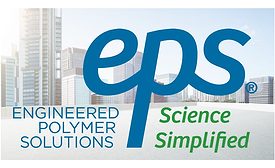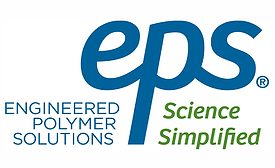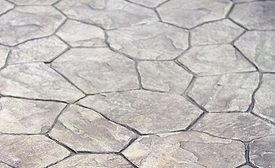Home » Emulsions
Articles Tagged with ''Emulsions''
Sponsored Content
Next-Generation Acrylic Polymer for Direct-To-Metal Coatings
November 18, 2019
Emulsion Polymerization of Hydrophobic Monomers
Using Diphenyl Oxide Disulfonate Anionic Surfactant
Read More
Keep the info flowing with our eNewsletters!
Get the latest industry updates tailored your way.
JOIN TODAY!Copyright ©2024. All Rights Reserved BNP Media.
Design, CMS, Hosting & Web Development :: ePublishing

